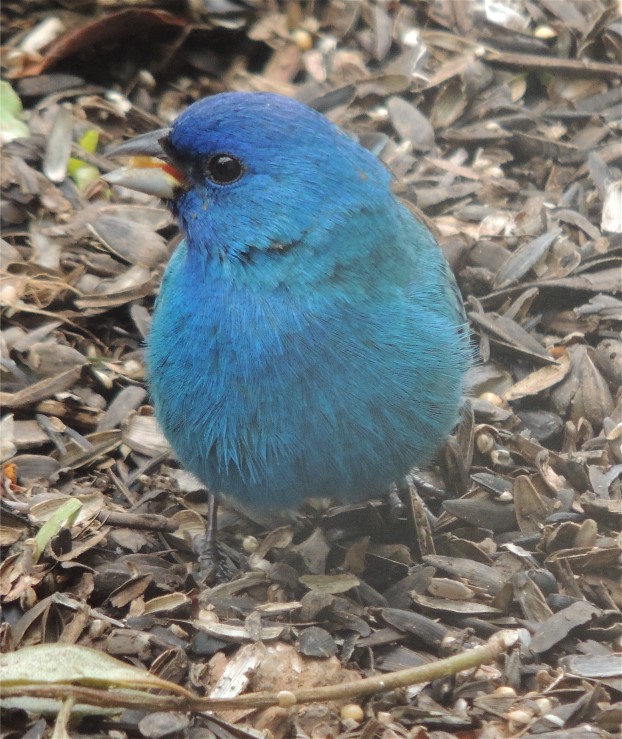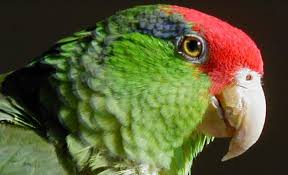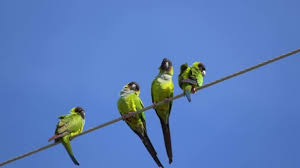I recently saw an ad for a bird house that was being sold as a hummingbird house. I thought it was pretty and being curious, I contacted Dr. David Bird, a famous ornithologist who is featured in the Brome bird newsletter about these houses. According to Dr. Bird, hummingbirds do not use bird houses. He pointed out that a hummingbird’s wings flap about 80 times a second and flying in and out of a hole would risk breaking wing bones.

He also mentioned that hummingbirds do not use nest boxes or tree cavities. They build their nests in sheltered trees or shrubs, especially in the fork of branches. He suggested that to encourage hummingbirds to nest in your area, plant leafy trees and large shrubs. By providing catkin-bearing trees and shrubs you can provide soft plant fibers that hummers like to use for nesting material. These would include willows, witch hazel, alder, American elm, cottonwood, ironwood, popular, birch, beech, mulberry and maple trees.
Dr. Bird also explained that the cooperative building of the nest is part of the bonding between the male and female.

Therefore, if you find an ad that is has hummingbird bird houses for sale, they are only useful for decoration and will not attract hummers.











